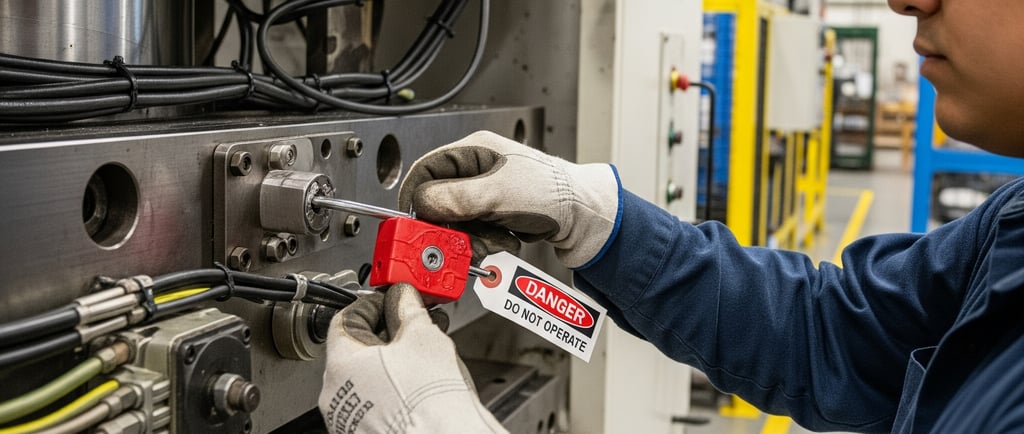Strategies for Accident Prevention in Industry
In order to prevent losses to the industries due to accidents at work places, it is necessary to implement the key safety strategies to prevent accidents and to build safe and healthy work environment.
Ganpat Shinde
8/13/20252 min read


In any industrial environment, safety is not just a legal requirement—it’s a moral responsibility. Preventing accidents protects workers, maintains productivity and saves costs related to injuries, downtime and damage. Effective accident prevention requires a proactive approach that combines policies, training and continuous improvement.
1. Establish a Strong Safety Culture
A workplace with a strong safety culture ensures that safety is valued as highly as productivity. This involves commitment from management, active participation from employees and regular communication about safety goals. When safety becomes a shared value, compliance follows naturally.
2. Conduct Regular Risk Assessments
Identifying hazards before they cause harm is key to prevention. Regular hazard identification and risk assessment (HIRA) helps in detecting unsafe conditions, unsafe acts, and potential accident triggers. This should be done for both routine and non-routine tasks.
3. Implement Standard Operating Procedures (SOP's)
Clear, well-documented procedures for machinery operation, chemical handling and maintenance activities reduce the likelihood of human error. SOP's must be accessible, easy to understand and reviewed regularly to stay up to date with technological and operational changes.
4. Provide Comprehensive Training
Training ensures workers know the risks associated with their jobs and how to mitigate them. This includes induction training for new employees, refresher courses, emergency drills and specific training for high-risk tasks.
5. Maintain Equipment and Infrastructure
Faulty machines, worn-out tools or poorly maintained facilities are common causes of accidents. Regular inspections, preventive maintenance schedules and timely repairs keep equipment safe and operational.
6. Promote the Use of Personal Protective Equipment (PPE)
While PPE is considered the last line of defense, it is essential in many industrial operations. Employers must provide suitable PPE and employees must be trained and encouraged to use it correctly.
7. Encourage Reporting and Learning from Near Misses
A near miss is a free lesson—if acted upon. Encouraging employees to report unsafe conditions and near misses without fear of blame allows organizations to fix issues before they cause harm.
8. Use Technology for Safety Monitoring
Modern safety tools—such as sensors, CCTV, machine guards and AI-powered monitoring systems—can reduce unsafe conditions in real time. Technology enhances human efforts and can be a game-changer in accident prevention.
9. Emergency Preparedness
Even with the best prevention strategies, emergencies can occur. Fire drills, evacuation plans, first-aid training and readily available emergency equipment ensure quick and effective responses.
Conclusion
Accident prevention in industry is not a one-time effort but a continuous process of identifying hazards, training employees, maintaining equipment and fostering a safety-first mindset. When organizations prioritize safety, they not only protect their workers but also strengthen their reputation, productivity and profitability.
